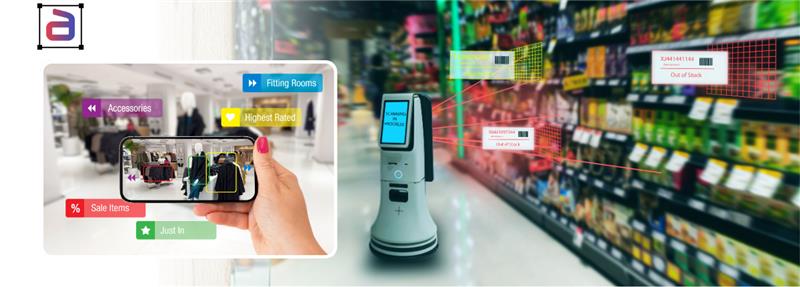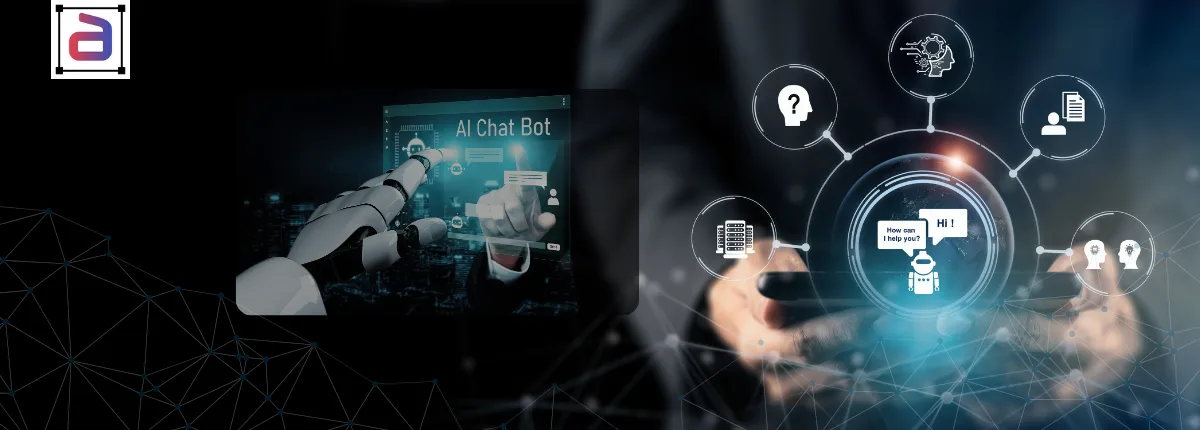Autonomous vehicles (AVs) promise safer roads, reduced congestion, and new mobility opportunities. But behind every self-driving system is an unsung hero: annotation in autonomous vehicles. Without carefully labeled datasets, AVs cannot recognize pedestrians, distinguish a stop sign from a billboard, or navigate a construction site safely.
Annotation in autonomous vehicles is not just a technical step—it is the backbone of AV safety and public trust. As McKinsey notes, autonomous driving systems may require billions of annotated data points to achieve safe, reliable performance. The quality of this annotation directly determines whether AVs prevent accidents or create new risks.
Why Annotation in Autonomous Vehicles Matters
Annotation provides the foundation for how AVs perceive the world around them:
- Object Detection and Classification: Bounding boxes and polygons help AVs identify cars, cyclists, pedestrians, and traffic lights.
- Scene Understanding: Semantic segmentation enables the vehicle to distinguish between roads, sidewalks, barriers, and off-limit areas.
- Navigation and Path Planning: Annotated lane markings, crosswalks, and intersections guide vehicles through complex environments.
- Real-Time Reaction: LiDAR and radar annotation add 3D spatial awareness, helping AVs calculate distances, speeds, and trajectories.
Annotation in autonomous vehicles turns raw sensor data into actionable intelligence. Without it, even the most advanced algorithms would be blind.
Bounding Boxes and Beyond
Bounding boxes are often the first step in annotation for autonomous driving vehicles, but they are far from sufficient on their own. To make an autonomous vehicle truly road-ready, a comprehensive dataset requires multiple annotation methods that together paint a full picture of the driving environment. Here’s what each approach adds in plain words:
- Bounding Boxes: These are simple rectangles drawn around objects in 2D images, like cars, traffic lights, or street signs. They help the vehicle quickly spot and classify things on the road.
- Polygons & Polylines: Unlike rectangles, these can be shaped to fit around irregular or curved objects such as bicycles, pedestrians, or winding road lanes. This makes the annotation more precise when objects don’t fit neatly into a box.
- Semantic Segmentation: This technique colors in every pixel of an image, so the car knows exactly which part is road, which is sidewalk, which is a crosswalk, and so on. It gives the vehicle a detailed map of its surroundings.
- Keypoints & Skeletal Mapping: These mark specific points on a person’s body—such as joints and posture—so the system can understand whether someone is walking, standing still, or about to cross the street.
- LiDAR & 3D Point Clouds: These add a depth dimension. By labeling millions of 3D data points collected by sensors, the vehicle learns how far away things are, how fast they’re moving, and whether they pose a risk.
Each of these annotation methods brings an essential layer of understanding. Combined, they help autonomous vehicles navigate the unpredictable, sometimes chaotic conditions of real-world roads with greater safety and confidence.
Challenges in Annotation for Autonomous Vehicles
Despite advances, annotation in autonomous vehicles presents unique hurdles:
- Massive Scale: AV development requires annotating millions of video frames, LiDAR scans, and radar captures.
- Edge Cases: Critical but rare events—such as children running into the street, emergency vehicles approaching, or animals crossing—must be captured and annotated.
- Environmental Factors: Rain, fog, snow, and nighttime lighting conditions complicate both perception and annotation.
- Bias and Representation: Overrepresentation of certain conditions (e.g., clear urban roads) and underrepresentation of others (e.g., rural dirt roads, bad weather) can make AVs unsafe in unfamiliar environments.
- Compliance and Validation: Regulators require massive, well-annotated validation datasets before approving AV deployment.
Without addressing these challenges, annotation in autonomous vehicles risks producing systems that work in controlled tests but fail in real-world conditions.
The Role of High-Quality Annotation in Road Safety
High-quality annotation in autonomous vehicles is about more than data accuracy—it’s about public safety. Proper annotation helps AVs:
- Predict pedestrian intent and react before an accident occurs.
- Differentiate drivable from non-drivable surfaces in real time.
- Recognize emergency vehicles and give them priority.
- Reduce false positives and negatives in detection systems.
According to NHTSA, 94% of serious road accidents are caused by human error. With robust annotated datasets, AVs could drastically reduce this number—provided their training data reflects the complexity of real-world driving.
Industry Applications and Examples
- Tesla & Waymo: Rely on billions of annotated images and LiDAR scans to refine their perception systems continuously.
- Baidu Apollo: Invests heavily in LiDAR annotation to navigate dense, complex Chinese urban environments.
- GM Cruise: Focuses on rare but critical scenarios, such as unprotected left turns in heavy traffic, using carefully annotated datasets to minimize accident risk.
These examples highlight a universal truth: annotation in autonomous vehicles is the line between safe AV deployment and public rejection.
How BPO Providers Add Value
Creating high-quality annotated datasets internally is often unsustainable. This is where BPO in data annotation for autonomous vehicles provides an advantage:
- Scalability: Large, distributed teams capable of annotating millions of data points quickly.
- Cost Efficiency: Lower costs compared to maintaining in-house teams and infrastructure.
- Domain-Specific Expertise: Annotators trained in AV-specific data types, from LiDAR to 360° video.
- Robust Quality Assurance: Multi-layer QA with gold standards, consensus checks, and human-in-the-loop workflows.
- Security & Compliance: Alignment with GDPR, ISO, and emerging AV regulatory frameworks.
By outsourcing annotation in autonomous vehicles, developers can focus on core innovation while ensuring datasets meet the highest safety and compliance standards.
Annotera’s Expertise in Annotation for Autonomous Vehicles
At Annotera, we specialize in providing annotation services tailored for autonomous vehicles. Our capabilities include:
- LiDAR and 3D point cloud annotation for precise depth perception.
- Video and image annotation with bounding boxes, polygons, and segmentation for real-world accuracy.
- Bias-aware annotation workflows to ensure datasets reflect diverse geographies, weather conditions, and traffic scenarios.
- Human-in-the-loop QA to catch edge cases and refine accuracy in safety-critical applications.
By partnering with Annotera, AV companies can accelerate regulatory approvals, improve safety outcomes, and build public trust in autonomous vehicles.
Executive Takeaway
Annotation in autonomous vehicles is not just a technical requirement—it’s a safety-critical differentiator. Companies that prioritize high-quality annotation will deploy safer, more reliable AVs faster, earning both regulatory approval and customer trust. Those who cut corners risk accidents, delays, and reputational damage.
Final Thoughts
The journey to safer roads starts with better data. From bounding boxes to LiDAR point clouds, every annotation detail contributes to making autonomous driving safe, reliable, and trusted.
Ready to accelerate your autonomous vehicle projects with expert annotation? Connect with Annotera today to learn how our annotation in autonomous vehicles transforms raw AV data into safer, road-ready AI systems.


